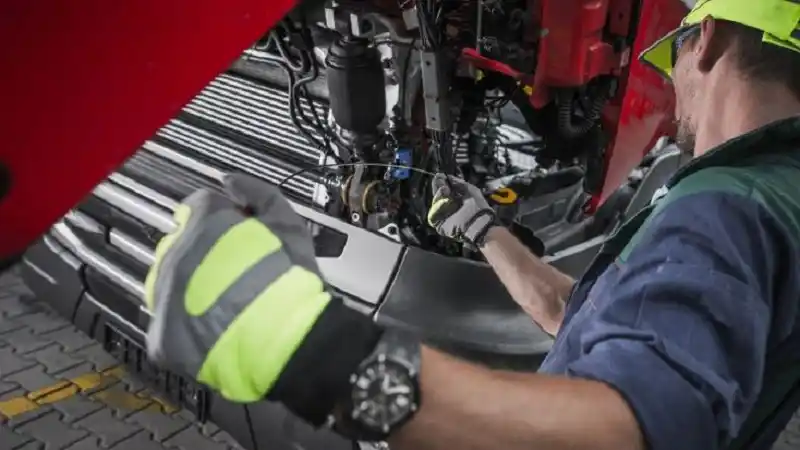Patients especially those who are bound or those who for one reason or another cannot move on their own need special attention in terms of safety, especially when attempting to transfer or lift them. Simple errors can result in harm to the patient and the worker as well as hinder his or her recovery. That is why it is imperative to use the correct equipment and design a secure atmosphere. There is the patient lifter among the tools that may not be very familiar to a newcomer, yet are crucial in maintaining patients’ safety.
A patient lifter assists the caregivers in transferring people with mobility impairment who cannot walk or stand independently. Whether it is moving a patient from bed to chair or lifting a fallen patient, this equipment can make a lot of difference that the patient is lifted without straining or causing physical harm to the patient.
Choosing the Right Patient Lifter
The best approach is to begin with the selection of the most suitable patient lifter so that both patients and carers will not be at risk of becoming further harmed. It is however important to make a distinction between the various types of lifter, including the floor lifter, ceiling lifter, and mobile hoist. Still, each type is used for different objectives depending on the situation and the condition of the patient.
One should therefore use the patients’ weight, mobility status, and the environment where the lifter will be used in making this decision. Some of the lifters are special for home use while others will be ideal for use in a hospital or nursing home. Furthermore, ensure that the lifter is well-built for use in a medical setup, is easy to operate, and is compatible with the other medical equipment you might be having.
Proper Training for Caregivers
This implies that even with the right equipment used in undertaking activities or projects the issue of training becomes very important. It is also pertinent to note that patient lifters should be used correctly, and therefore caregivers must be trained on how to do so. This focuses on the use of Client Handling Equipment including the proper techniques for lifting, the appropriate position to place the patients, and proper ways of handling the equipment. Accidents may occur if care is not taken in handling a lifter hence there is a need to train and practice constantly.
Caregivers also need to be trained especially on the aspect of communication. Anytime you intend to lift a patient, explain to the patient what you are about to do. This could also ease the stress that comes with such a process thus making it easier for both persons involved.
Assessing the Patient’s Needs
The first thing you should consider is the kind of special care that is required in handling a particular patient before lifting him or her. Some patients may require help for full-body lifts while others may only require it in situations that involve standing or sitting. Interaction with the patient will enable you to understand his or her physical constraints regarding his or her lifting so that you will be able to use the lifter appropriately without causing injuries to the patient.
also, make sure the patient is comfy before and after the lift especially if these procedures are part of their everyday errands. If the patient feels any discomfort or pain you will likely have to reposition the equipment if the equipment is different than a sling lift.
Creating a Safe Space
There are environmental factors that cause the increase in patient safety risk. Ensure that the environment where the lift will occur is not endangered by obstacles since this leads to the likelihood of having a stumble or aspects of the equipment failing. This concerns the floors, which should be clean and dry, and the availability of adequate space for the caregiver as he or she uses the lifter.
In case, the patient is transferred from one room to another, it must be ensured that the lift can be taken through convenient doorways. Moreover, smooth and soft floorings should be accented by non-slip mats and soft padded furniture they act as buffers in cases of fall or sudden jerking.
Regular Maintenance of Equipment

As with any piece of equipment the efficiency and safety of the ‘patient lifter’ is highly dependent upon maintenance schedules. This comprises a check-up to determine the degree of wear of the belts, batteries, and other operational parts of the device. If a particular equipment has some defect then it should be repaired and returned to being functional as soon as possible. Regular maintenance also lowers the chances of an accident occurring, cuts short the time spent to repair or replace a part of the equipment, and the general lifespan of the equipment is also optimized.
Involving the Patient
If the situation allows it, the patient too should be encouraged to participate in the actual lifting. To make things easier and less daunting it may help to convince him/her to get as involved as possible even if you are only giving a small amount of assistance. This is because patients who have some idea of what is expected of them will not feel so uncomfortable when the transfer is taking place.
In addition, there is a need for the incorporation of patients in their treatment since it enhances their feelings of autonomy and human worth. This is especially significant for patients who feel weaker on wheels because of mobility constraints as a result of Ischemic stroke.
Adapting to Different Scenarios
This means that lifting a patient is not defined by a standard model that patients can easily be lifted without many complications. Hence, according to the circumstances controlling the patient’s care, the caregivers have to show some flexibility in their actions. For example, if the patient were to be lifted from a wheelchair, it may be performed in a different way as compared to when the same is being lifted from a bed.
In such cases, organization becomes paramount as everyone involved has to be put to deliver their best. It becomes important to ensure that all present people understand their part well in order not to confuse themselves during the lifting of the patient to avoid causing him/her more pain than what was initially intended.
Final Words
As with all aspects of patient handling, providing a safe environment in which to lift patients is always far more complicated than simply ensuring that appropriate equipment is in place. It is a process that calls for a lot of planning, practicing, and regular updating. It is easy to see why using a patient lifter could significantly decrease the risk of injury, especially to the patients and the carers but only if it is used appropriately.
Regular checks of the surroundings, proper communication, and the involvement of patients in the process can all contribute to safer and smoother transfers. And if any issues arise with other essential mobility aids, such as stairlifts, be sure to get timely stairlift repairs to maintain safety throughout the home.



